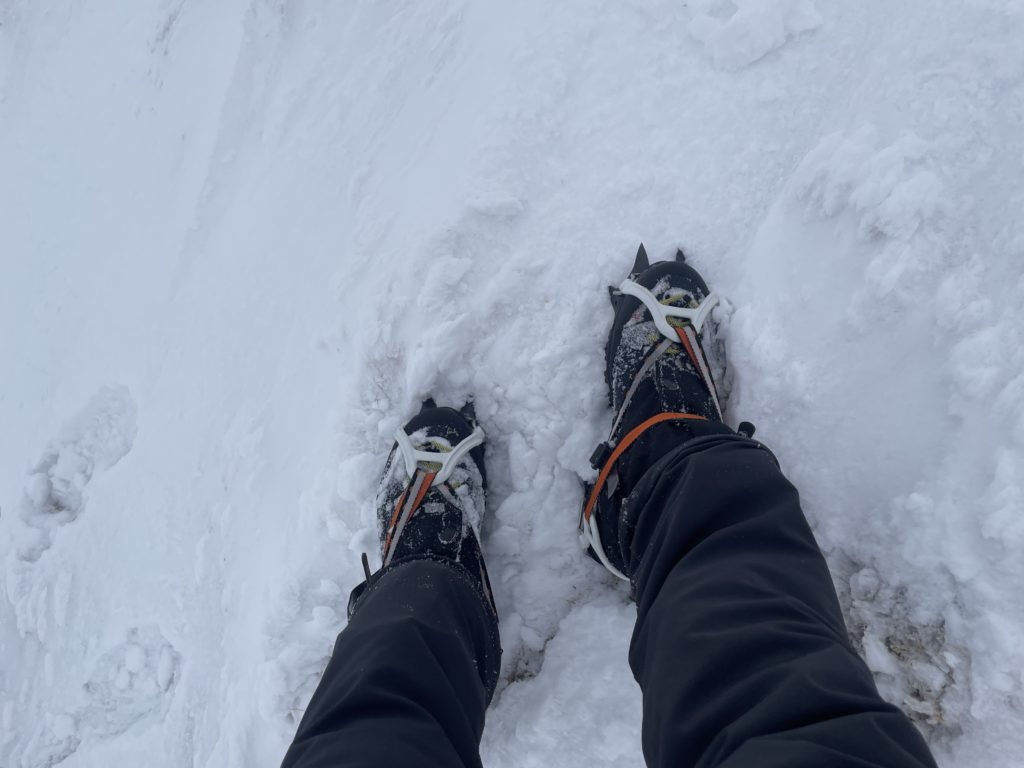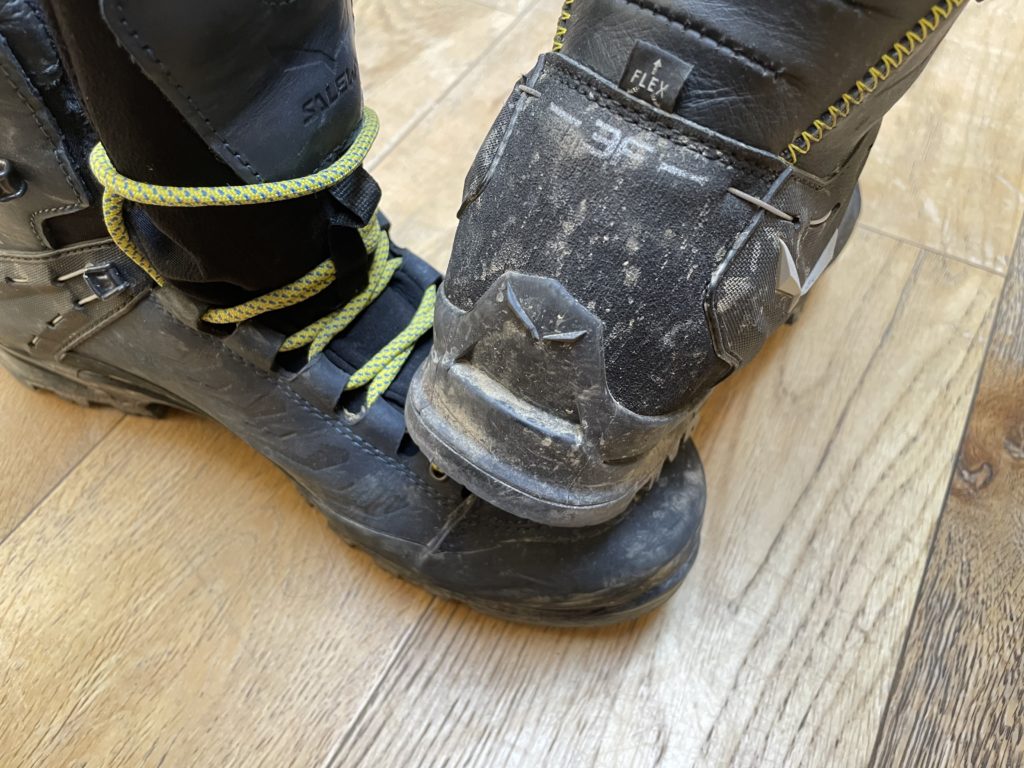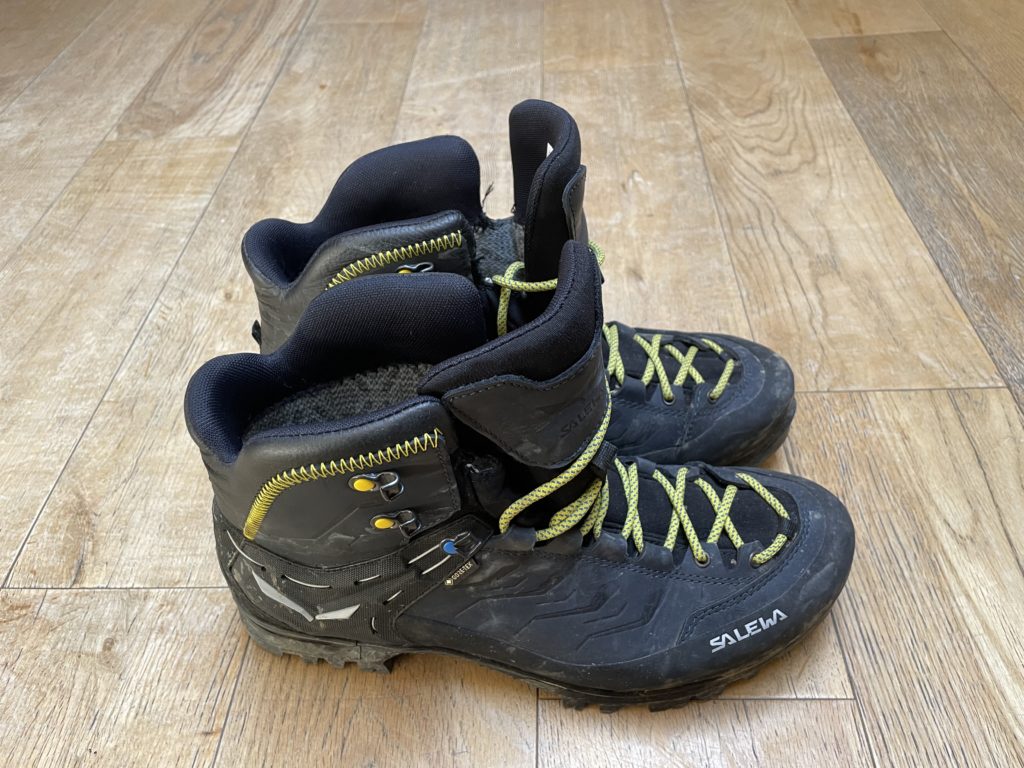
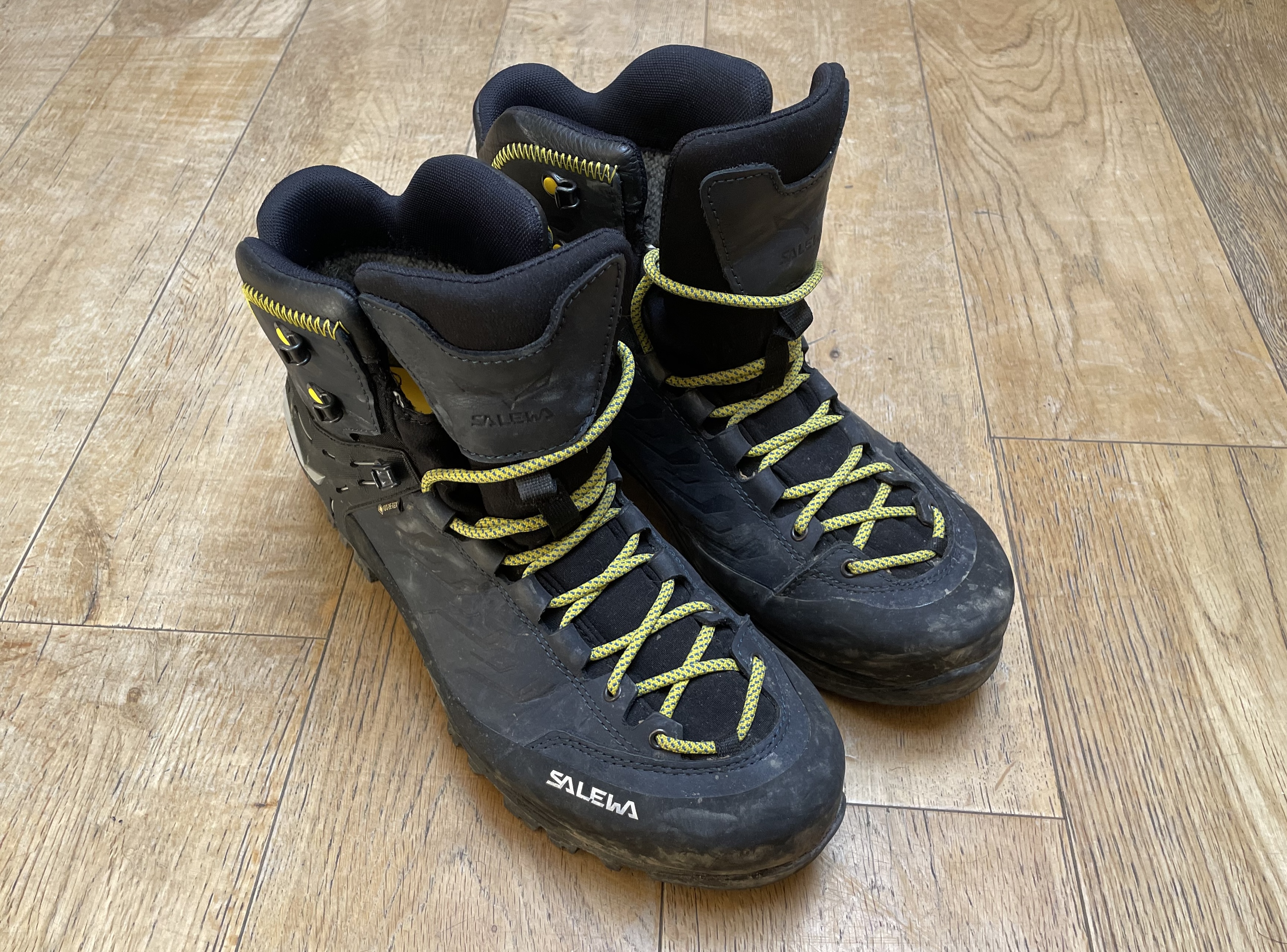
The Bottom Line
 (5 / 5)
(5 / 5)
The Salewa Rapace is an excellent pair of three-season boots, with the added bonus that they can take crampons for light winter mountaineering use (probably no ice climbing though). They’re super comfortable and relatively light – and can often be got at a great price.
Purchasing
Since Brexit, Salewa no longer sells directly in the UK – but several retailers do stock the Salewa Rapace. It’s best to have a quick search online and lots will come up. I got mine from an eBay retailer for around £150 – Salewa’s price is almost double that, but good discounts are everywhere.
Comfort and Fit
I find these boots super-comfortable, even for long days over tough terrain. They do need a little bit of time to break in, especially around the small toe (where they can pinch a bit). As with all Salewa shoes, they are relatively narrow – so if you have wide feet, definitely not for you. It isn’t just the sole that’s narrow – the whole boot is much smaller than other boots I’ve had in the past. This means that it hugs your foot really well, and provides great support (when laced properly of course).
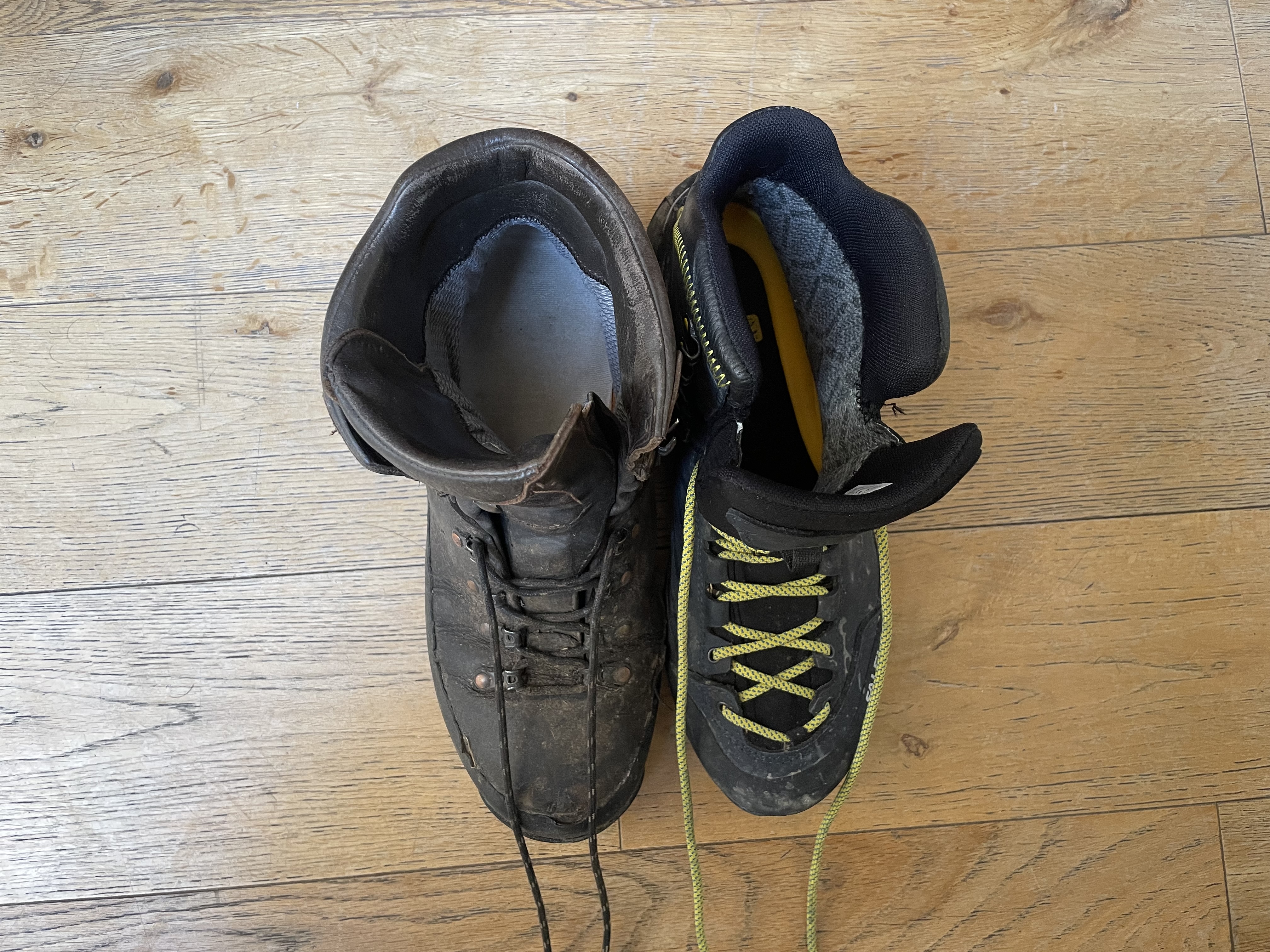
Aside from their design (they look great), the stand-out feature of these boots is their weight. For a pair of crampon-ready boots, they’re extremely light: my size 9.5UK / 44EU weigh only 793 grams. That’s lighter than my Lomer Pelmos (which are super-heavy boots, but not crampon-compatible. Review here). This may seem like a small point, but after a day of steep elevation, you really do notice the weight of what’s on your feet.
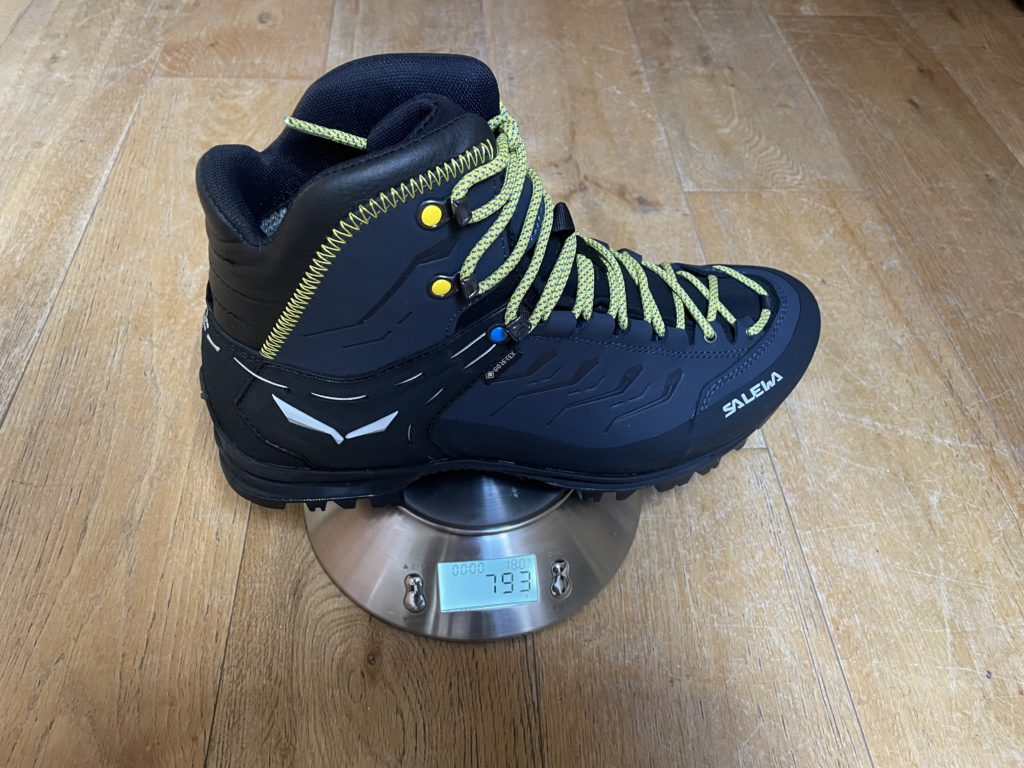
Versatility & Winter Use
The stand-out feature of the Salewa Rapace is that they are versatile all-rounders – compatible with crampons. This was the main reason I bought them: I needed a boot which can deal with rugged terrain all year round, and support crampons for occasional winter hikes. They have the rigidity needed, and even have a heel welt for semi-automatic crampons. They’re not the right boot for heavy winter use or ice climbing, but in my opinion provide a great intermediate point that will cover most Scottish winter hillwalking.
